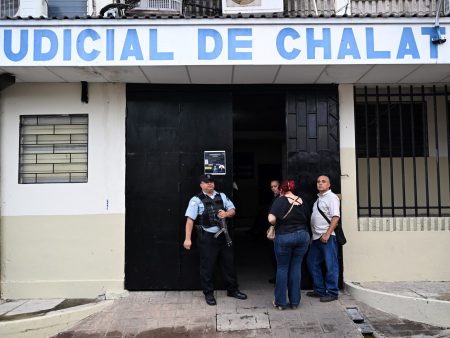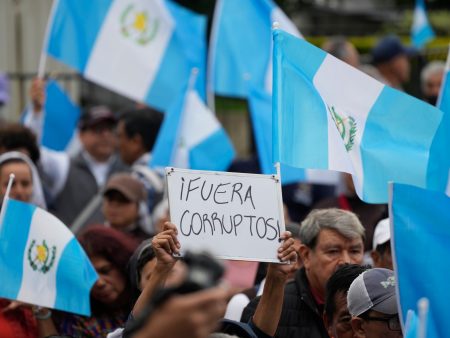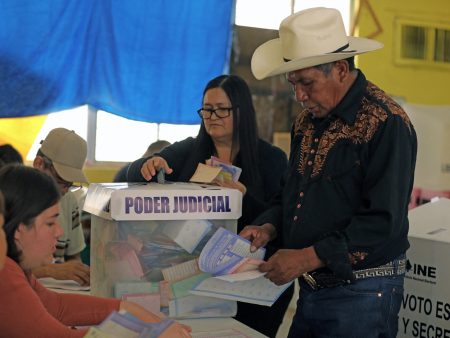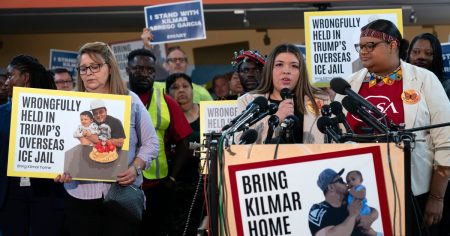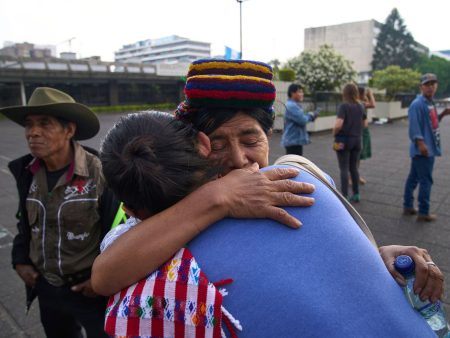Mexico has made headlines with the announcement of its most significant fentanyl seizure to date, initiating a series of actions aimed at responding to rising pressure from the United States to address drug trafficking. Omar Garcia Harfuch, the Mexican Secretary of Security and Citizen Protection, revealed that authorities intercepted over a ton of fentanyl pills in two separate operations in the coastal state of Sinaloa. Alongside the massive drug haul, two suspects were arrested, and firearms were confiscated. Harfuch emphasized that these efforts would persist until violence in Sinaloa, a major drug-trafficking hub, begins to lessen. This substantial seizure is viewed not only as a significant law enforcement success but also as a political move to respond to increasing scrutiny from the US government.
The timing of these actions coincides with the challenging dynamics between the administrations of President Claudia Sheinbaum of Mexico and the incoming administration of President-elect Donald Trump in the United States. Trump has threatened harsh economic measures, including a 25-percent tariff on goods from Mexico and Canada, unless both nations take decisive actions to combat drug trafficking and immigration issues affecting the US borders. Security analysts, such as David Saucedo, suggest that the Mexican government’s recent strategies could be a direct result of pressure emanating from Washington. They claim that the timing of such large-scale fentanyl seizures suggests a shift in policy in response to the demands outlined by the Trump administration.
Claudia Sheinbaum, who formally took office as president in October, portrayed the fentanyl seizure as the culmination of ongoing investigations rather than a hurried response to external pressures. She stressed that her administration would not merely seal off borders but would prefer to create diplomatic pathways. Notably, Sheinbaum’s discussions with Trump recently touched upon managing migration, where contrasting statements emerged regarding the outcomes of their conversations. While Trump claimed Sheinbaum agreed to stringent measures against migration through Mexico, the Mexican president emphasized her intention to promote cooperative solutions while still ensuring her government would confront organized migrant caravans.
Fentanyl’s alarming role in the increase of overdose deaths in the US has been underscored by health authorities. The Drug Enforcement Administration describes fentanyl as a synthetic opioid that is incredibly potent—approximately 100 times stronger than morphine. A report from the Centers for Disease Control and Prevention highlighted a shocking rise of over 55 percent in deaths attributed to synthetic opioids from 2020 to 2021. This dramatic situation has highlighted the urgent need for effective measures on both sides of the border as the public grapples with the devastating impact of addiction and overdose.
Intriguingly, as Mexico has ramped up its fentanyl seizure efforts, data prior to the large haul indicated a significant decline in such seizures. Previously reported statistics showed a remarkable 94 percent decrease in fentanyl seizures during the first half of 2024 compared to the previous year. This trend raises questions about the consistency and effectiveness of Mexico’s anti-drug operations, especially given the backdrop of heightened violence in Sinaloa following the arrest of key cartel figures like Ismael “El Mayo” Zambada. Since such arrests create vacuums of power, rival factions often escalate their activities, complicating the landscape for law enforcement.
Experts like Saucedo have argued that while large seizures signify notable successes, they have to be part of a larger strategy that targets the entire production network of fentanyl, including dismantling the labs where it is manufactured. They contend that without addressing the core issues of drug production and trafficking, these enforcement actions may only provide a temporary solution to an enduring problem. The interaction between crime, violence, and drug production illustrates the complexities of the drug trade, suggesting that a comprehensive approach will be vital in making lasting progress against the fentanyl crisis affecting both Mexico and the United States. Thus, while the recent fentanyl seizure is significant, it underscores a much bigger challenge that still lies ahead for both nations in their battle against the drugs that fuel addiction and violence.





